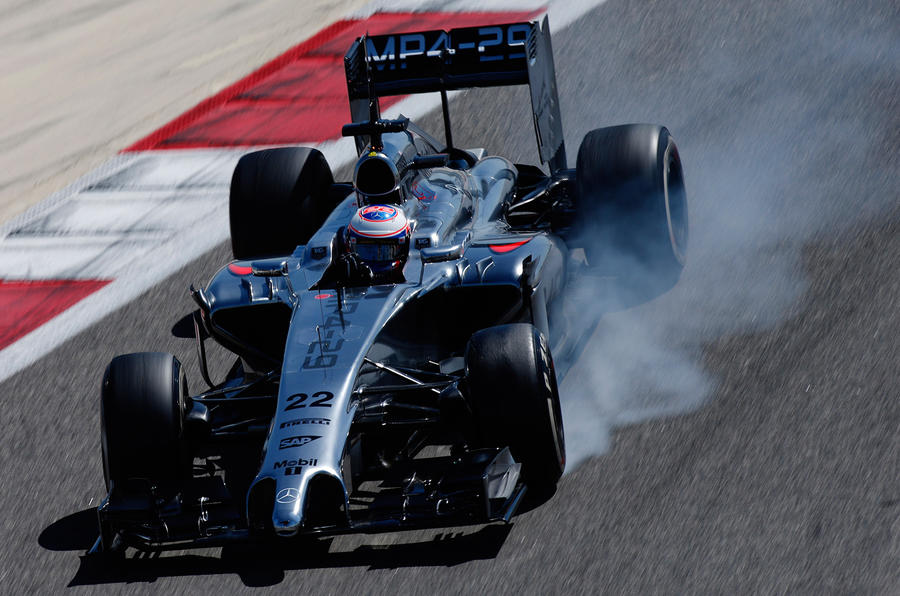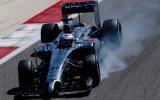Lewis Hamilton has set the fastest lap time on the final day of testing at Bahrain, after completing 70 laps of the circuit.
His Mercedes-Benz, which took lead position with a 1m33.278s lap, was the quickest out of a total of 12 cars undergoing testing.
Despite suffering a gearbox problem in the morning, he successfully returned to the track to secure the top position.
Problems with the dramatically different 2014-season cars are still rife, however, and Lotus, McLaren and Force India all experienced engine failures.
Red Bull suffered from further issues too, with a technical issue causing driver Sebastian Vettel to lose control at the end of the morning's session. Kamui Kobayashi also had problems, with a damaged clutch bringing his car to a stop.
Williams' Valtteri Bottas set the second-fastest time of the day, a lap of 1m33.987s, followed by Ferrari's Fernando Alonso at 1m34.280s.
Previously, Felipe Massa had set the fastest time on the penultimate day of pre-season Formula 1 testing in Bahrain.
The Williams driver set the pace during the morning session, eventually putting in a best time of 1m33.258s over 99 laps. The day was again overshadowed, however, by the continued woes of world champion team Red Bull.
Sebastian Vettel broke down halfway into his installation lap, and, upon his recovery to the pitlane, Red Bull erected screens in front of their garage to keep prying eyes away as they seeked to resolve their latest issues. Both Sauber and Lotus also suffered technical problems today.
Elsewhere, Ferrari's Kimi Raikkonen had his final day at the wheel of his new car before the season's first race in Melbourne, while Nico Rosberg lost out on much of the morning session due to an engine change. He went on to complete 103 laps in total this afternoon, and sits second in the timing standings.
Bahrain is the final stop on the F1 testing calendar before the season begins next month. All 11 teams are scheduled to be in action over the course of the eight-day test session.
While some teams found the first pre-season test in Jerez, Spain, helpful, others struggled to come to grips with the sport's new rule changes. Chief among them is the move to adopt new 1.6-litre turbocharged V6 engines in place of the older V8 units. The engines use a new hybrid energy recovery system which harvests heat energy from the turbocharger as well as kinetic energy from the brakes.










































































































Join the debate
Add your comment
Talking about awesome tech I
275not599 wrote:Talking about
Voila, one Anteater.
My god...
And your photo caption writer doesn't know the difference between 'led' and 'lead'.
.
To be pedantic, a time of 1m35 point something would break the 1m36s barrier, 1m36.880 doesn't.
Oh, and thanks for making me complete the stupid word verification
Leslie Brook wrote:autocar
Ah, I see you've edited it. Well done.
It's raining Vettels and dogs